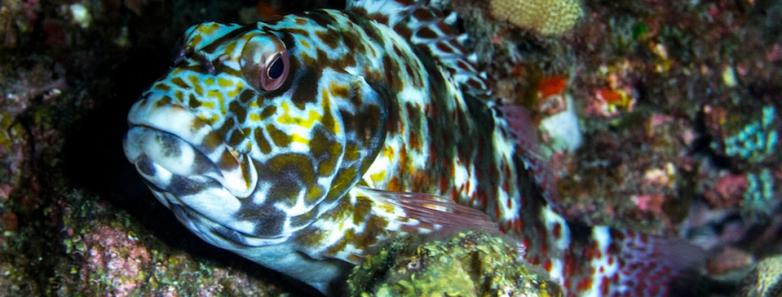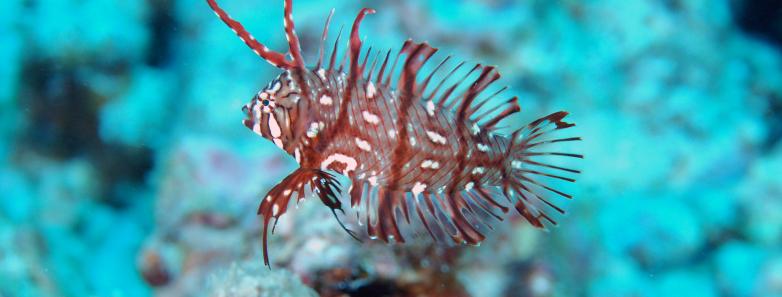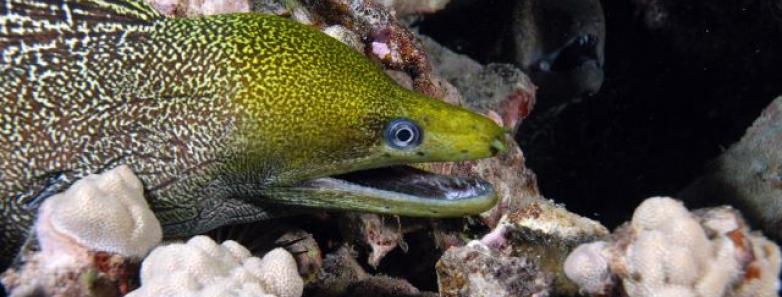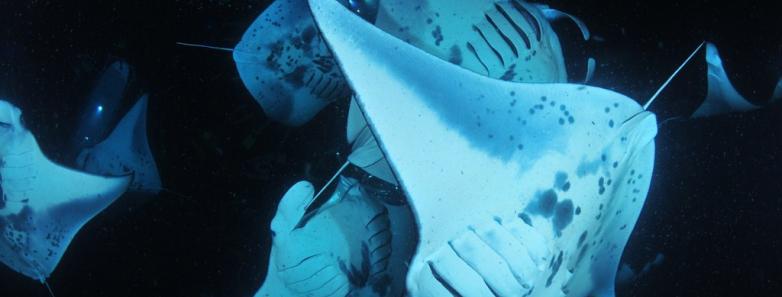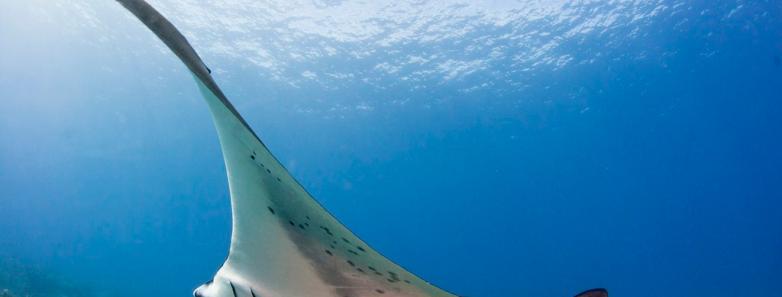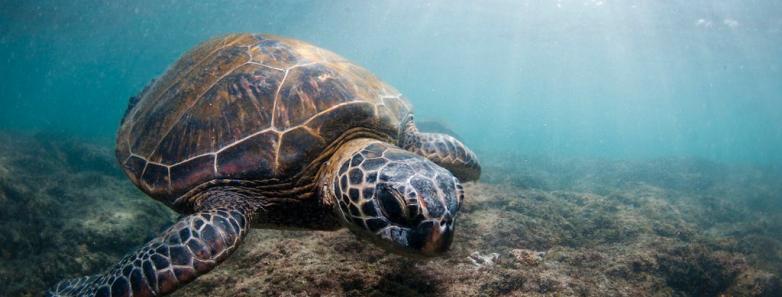Scuba diving in Kona, USA
Kona Diving Highlights
Kona offers a great mix of marine life and dive-site opportunities. From reefscapes, to lava tubes, and from Mantas to indigenous butterfly fish, there truly is something for everyone.
View Kona on Google Map
Jump to:
Marine Life & Environment - Dive Sites - Diving Conditions
Diving Information
Kona Marine Life
Hawaii holds a large number of indigenous species of butterfly fish and angelfish. More than 20% of the Hawaiian reef fishes are found nowhere else in the world. In addition, prepare for encounters with Spanish dancers, turtles, barracuda, mantas, frogfish, sharks, and dolphins!
Learn about other great Hawaii dive areas.
Diving Conditions
- Water Temperatures: The water is a little colder (down to 75 degrees) and the surface a bit choppier in the winter months, and warmer and calmer in the summer (78-81 degrees).
- Visibility: Varies depending on rainfall and runoff, but is usually between 75-100'.
- Depth Range: 10 - 131 ft (3 - 40m)
Dive Sites
- Naked Lady - A Sailboat wreck. Your divemaster is sure to explain the dive site's name when they brief you! This is usually reserved for advanced charters, as the boat sits in about 100ft of water. It's become the home for a number of colorful and interesting fish. Keep a lookout for bicolor anthias, leaf scorpionfish, and Hawaiian green lionfish.
- Eel Cove - Great site, especially for beginners as it is a shallow and protected dive site. Hunt around for Eels hiding in the cracks and check out the local raccoon butterflyfish.
- Turtle Pinnacle - Great location for hopefully spotting some turtles. Watch them getting cleaned by tangs and other colorful fish.
- Long Lava Tube - This dive site, as well as many of the other surrounding "southern" sites hold an abundance of life. Any of the sites are well worth a visit as they are teeming with fish. Also, keep a lookout for sleeping turtles in the lava tubes, and some other great finds that you normally would only find at night.
Travel Information
How to Get There
LAX offers direct flights into Kona International Airport (KOA). You should consider renting a car for your stay in Kona. Even if you don't plan on beach diving, you may want to take advantage of your stay to check out some of the topside attractions.
How to Dive Kona
Diving Kona is done with one of the numerous resputable dive operators on the island while staying at one of the various accommodation options, from self-catering condos to luxury resorts. Diving is usually done in groups of 4-6 divers under one divemaster. Make sure to include the incredible manta ray night dive on your itinerary!
Best Time to Dive
Conditions in Kona (the "dry" side of the island) are good for diving nearly every day of the year. September and January are the least crowded months, if you're looking for less-than-full dive boats. If you want the chance to do some whale-watching, November - March is your best bet.
Topside & Non-Diving Activities
Take a trip up to Hawaii Volcanoes National Park and see the steam rise up as lava rushes into the ocean. For you, coffee lovers, explore the Kona plantations and sample some 100% pure Kona Coffee! In the evening, visit the Mauna Kea Observatories to watch the sunset and then stargaze. Take a hike along the east side, in lush rainforests, or just take a dip and snorkel around, Kona has some unbelievable snorkeling as well.
LIVEABOARD AVAILABILITY
There are currently no liveaboards operating in Hawaii.
Other Useful Information
Practical Information
- Currency: US Dollar (USD)
- Main Airport Code: KOA
- Electricity: 120V
- Time Zone: UTC-10
- Language: Hawaii has 2 official languages, Hawaiian and English
GOT QUESTIONS? READY TO BOOK?
Call us today at +1-310-915-6677 or email us info@bluewaterdivetravel.com
And let us book your dream vacation!

